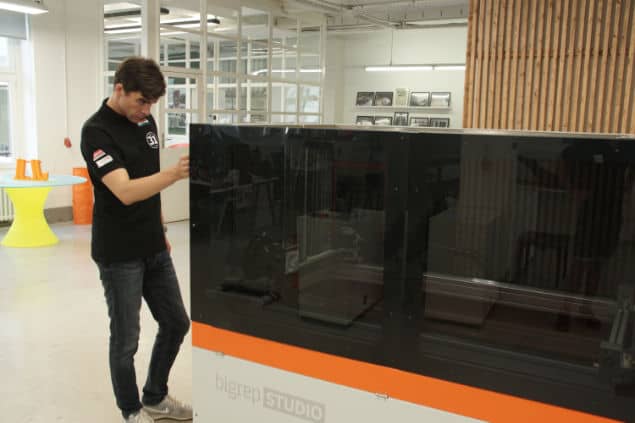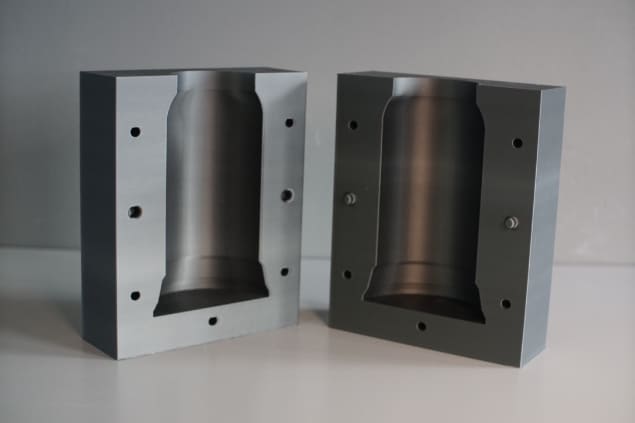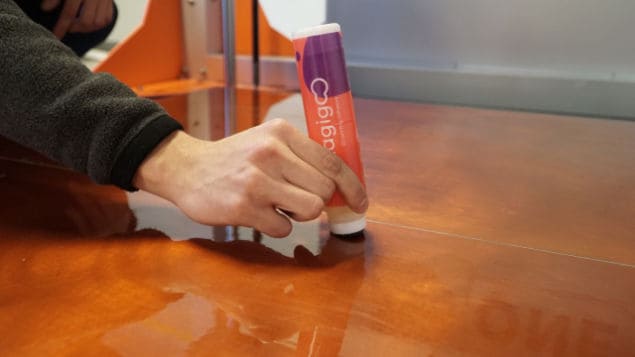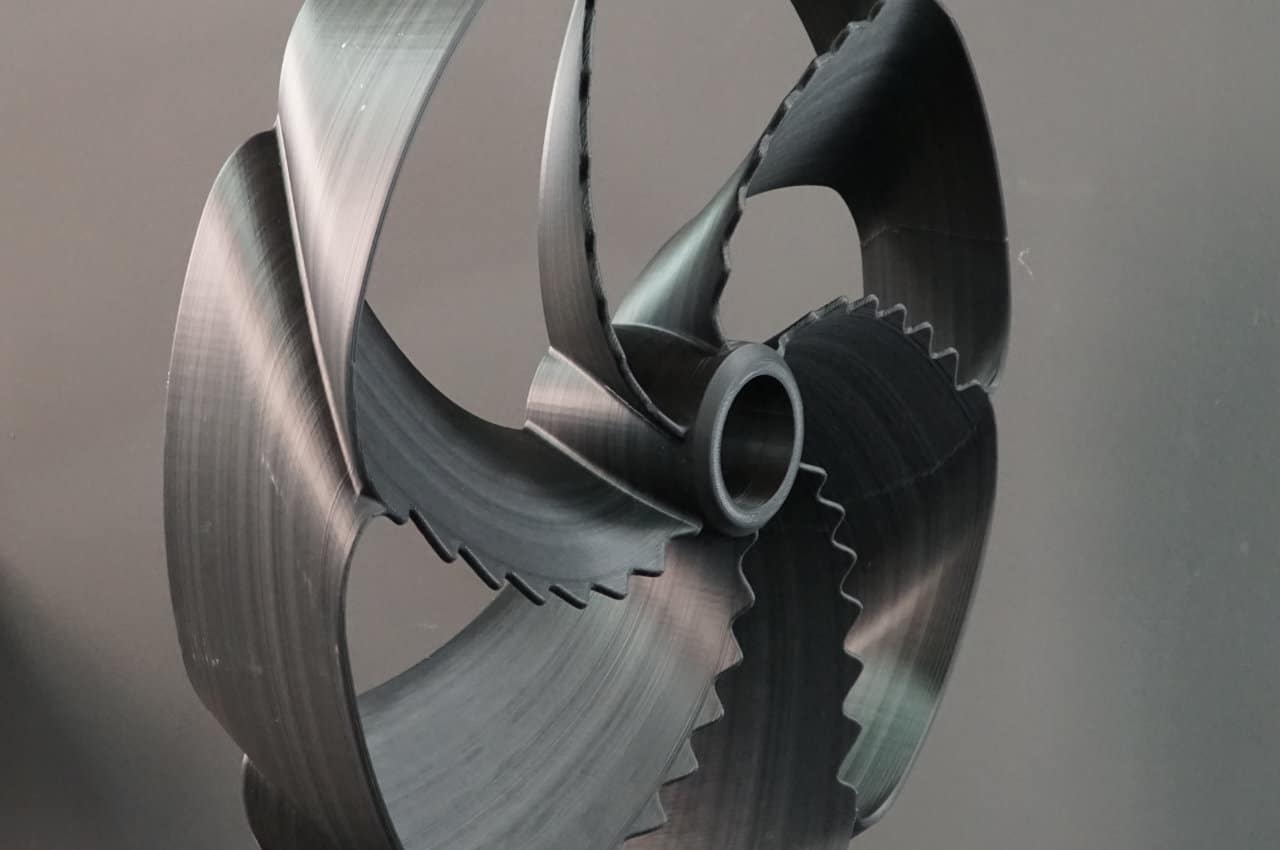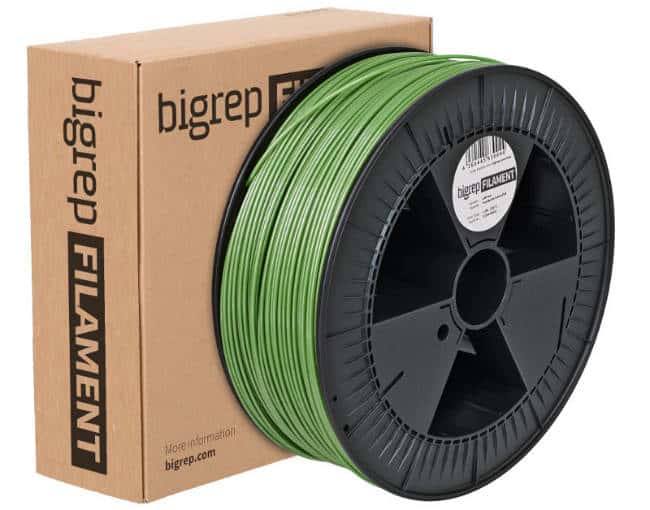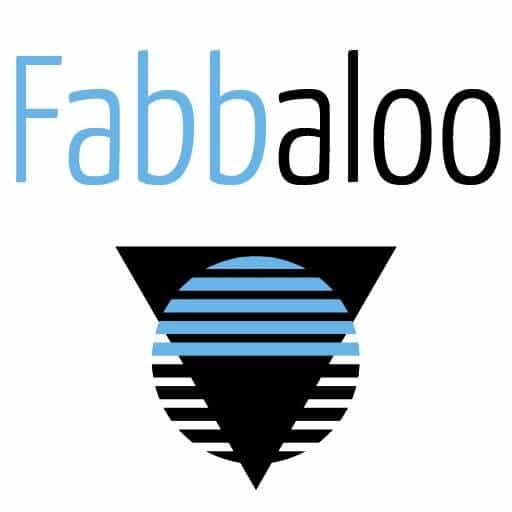We use the word quality a lot – many companies do. Though without defining what it means, the term can become hollow. So, I wanted to write a two-part blog series on quality assurance, to underscore exactly what we mean here at BigRep, when we talk about the superior performance of our 3D printers. I’ll first focus on hardware quality, speaking on how we make our printers and ensure they’re the most advanced, reliable machines possible. Secondly, in an upcoming blog post, I will delve into our materials and how we make sure they are the highest quality printing filaments out there for a range of applications.
At BigRep I lead a talented team of around 30 developers and engineers in the fields of mechanics, electronics, software, materials and testing, who are all working on exciting innovations, pioneering new products and optimizing existing ones. Everything we develop goes through a set of extremely rigorous testing processes, which are developed by us in-house and go above and beyond what is mandated regarding international regulations.
The leading theme of our quality assurance and testing process is: “If it wasn’t tested, it doesn’t work”. This basically means that we leave nothing to chance. Although we have hundreds of accumulated professional engineering years in our R&D team, we test each and every configuration of hardware, software and materials. We do it in two phases: by the developing engineers, on prototypes, and by a dedicated testing team, which emulates the customers’ behavior.
Here are some of the core focuses for us surrounding testing and quality:
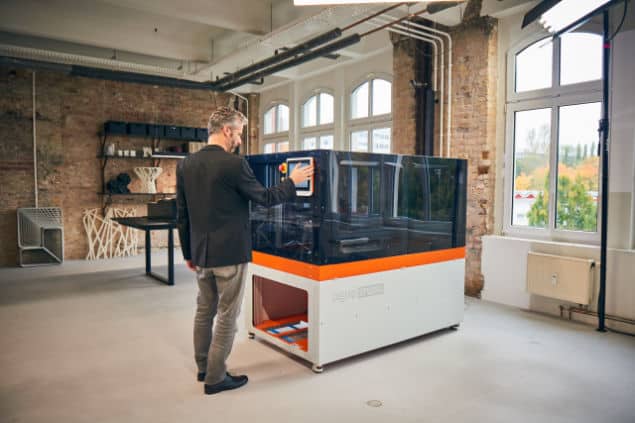
World-class electrical engineering
I’ve been in the 3D printing industry for many years and trained as a mechanical engineer, having worked with Stratasys, Objet and Aeronautics Ltd., among others, so I have encountered a wide range of machines. I know that one of the things that sets BigRep 3D printers apart is that they are German-engineered for quality. We spare no expense or effort in sourcing high-grade materials for our components, and in ensuring we partner with the most trusted companies to manufacture our printers – Olpe Jena GmbH and Heidelberger Druckmaschinen. These two companies are world-renowned for their products’ quality, in the semiconductor industry (Olpe) and the high-end 2D printing industry (Heidelberg). Both have mandatory processes for verification of each sub-assembly before being assembled in the final assembly, ensuring that there are no errors or problems present with the final client. They employ their quality processes in parallel with our suggested tests.
In evaluating our machines, we focus our efforts on testing the electrical and electronic system leading to extreme points of functionality (electrical overload, increased mechanical loads, increased temperatures, etc.), to identify the maximum levels at which our 3D printers can work without affecting the safety of our customers and their processes.
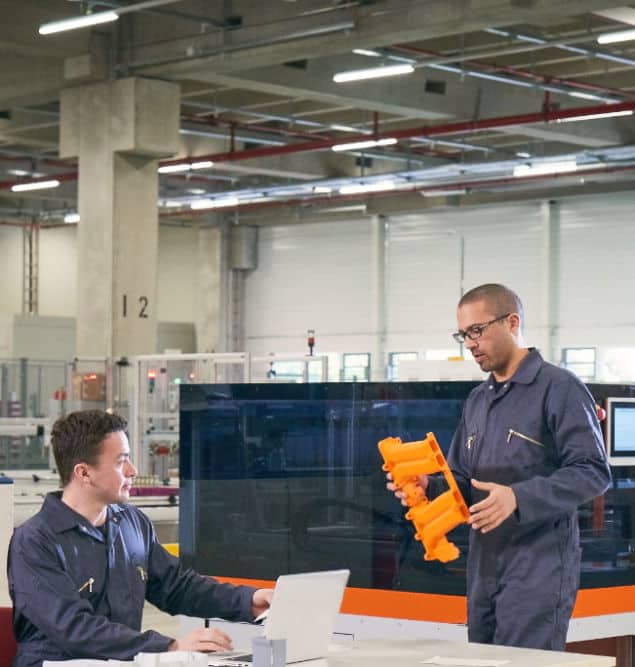
Safety standards and certifications
It’s essential to us that our products are safe and easy to use, so we comply with EU-regulated safety standards, which are among the most stringent in the world surrounding safety for the consumer. For example, “European Conformity” (CE), which indicates conformity with health, safety, and environmental protection standards for products sold within the European Economic Area.
These standards are continuously evolving and we at BigRep are making sure that we are always on top of the changes in requirements of these standards. Sometimes, it means redesigning a current product. Furthermore, we comply with the CB Certification Scheme: the world’s first international system for the mutual acceptance of product safety test reports and certificates for electrical and electronic equipment, devices and components. It is based on the use of internationally-accepted product safety standards, relying on a global network of CB testing laboratories (CBTLs) that are responsible for testing products to applicable technical standards. We are using such independent laboratories to test the printers for us in order to get an objective review of our machines.
We also independently integrate additional safety features into our large-scale 3D printers such as integrated sensors to detect human movement and auto-stop print and glass slide walls on the BigRep STUDIO for additional user safety.
High-performing software and UI
At BigRep, we develop software in-house to be compatible with our machines. Our software engineers are constantly optimizing and upgrading software to meet the current and future demands of our customer base. On-site testing with our printers is essential, and done on a daily basis. Our software is the main point of contact between machine, the materials and our client, so it is crucial that our tests are always meticulous. From our evaluations, we are able to develop and release new versions that offer increased stability, are friendly to our final client, and ensure the total functionality of the system.
In short, we take the word ‘quality’ very seriously – it’s a consistent conversation we have here at BigRep about how we can continue to set new standards of openness and quality through the printing industry, and achieve excellence in everything we do, including every machine we produce and our future products. Stay tuned for the next post on quality: a focus on filaments.

Moshe Aknin is Chief Technology Officer (CTO) at BigRep, leading a team of around 30 developers and engineers in the fields of mechanics, electronics, software, materials and testing. He holds a degree in mechanical engineering and an MBA from the Hebrew University.
